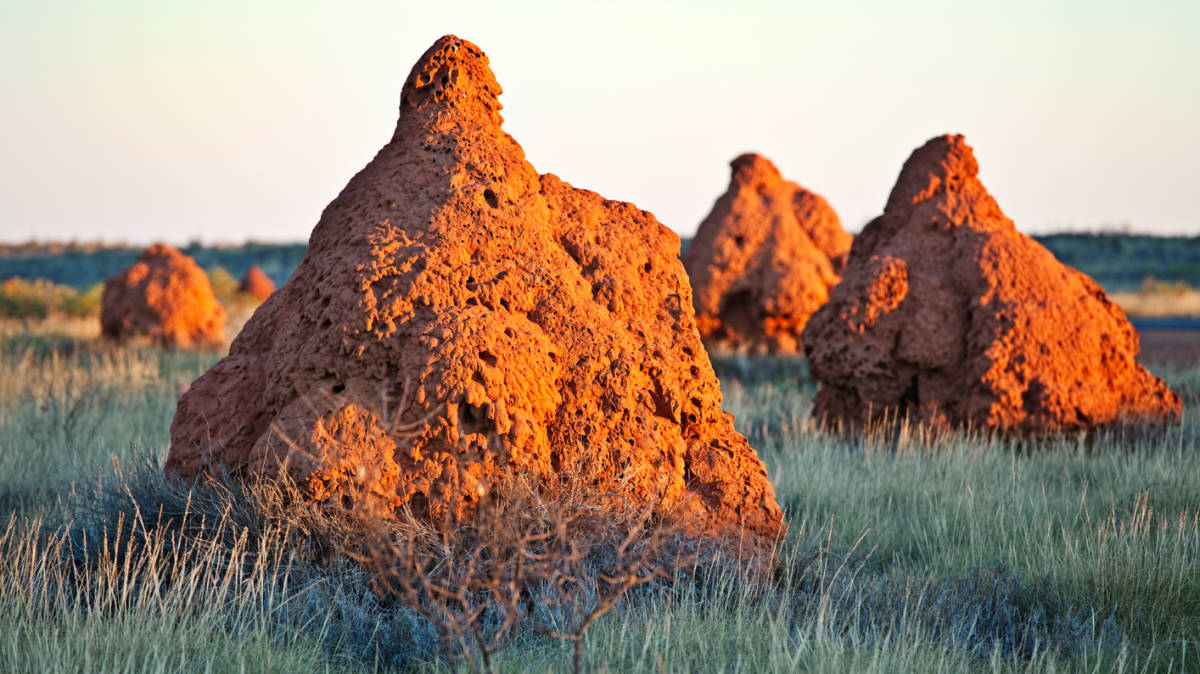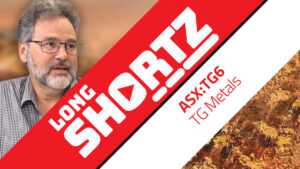Regional termite mound sampling has now delineated eight uranium anomalies at Saraya project in Senegal
Auger drilling continues, whilst termite mound sampling and processing continues to cover the entire Saraya project area before the wet season
HAR is awaiting a potential resource upgrade following receipt of previous metallurgical testwork
Special report: Regional termite mound sampling over Blocks 11 and 12 at the Saraya project has delineated 8 regional uranium anomalies returning concentrations some 20 times higher than background levels.
Haranga Resources (ASX:HAR) has been carrying out a program of termite mound sampling at the Saraya project in Senegal, Africa to bring valuable subsurface minerals to the surface.
Termites dig deep into the earth to build their nest and most – if not all – of the evacuated material is brought to the surface to construct the massive mounds that sit above them.
So far, this sampling technique has proven to be a cost-effective method of exploration across the company’s 1,650km2 of prospective ground.
Previous infill termite mound sampling – followed up by auger drilling – successfully identified several anomalies outside the current contained inferred resource of 16.1 million pounds (Mlb) U3O8 grading 587 parts per million (ppm).
Another regional anomaly
The company has outlined its eighth anomaly at the project as the exploration program nears completion.
Around 1,543 samples have been collected across termite mounds on blocks 11 and 12, with a total 12,681 samples collected across the project to date – representing 80% of the permit.
At Diobi East, 1,908 samples were completed for pXRF in April, successfully outlining two small uranim anomalies in the centre and north of the backwater head block.
One location returned a high pXRF reading 52 ppm – 20 times higher than background levels for a termite mound sample over the Saraya Eastern Lateritic Plateau and will be tested with auger drilling as soon as possible.
Exploration homing in on two anomalous zones
“As the termite mound sampling programs near completion, it is clear that there is a line of anomalism running down the spine of the permit,” HAR managing director Peter Batten says.
“In addition, a smaller line of anomalism is emerging in the southeast corner of the permit that we are keen to explore.
“The opportunity to make new uranium discoveries from within this zone of anomalism still exists and we are exploring processes to penetrate the masking, transported laterite blanket that lies over the main anomalous zones.”
He says HAR is optimistic that new discoveries will emerge from concerted exploration within these zones.
Resource upgrade on the cards
“We are also eagerly awaiting a potential MRE category upgrade following receipt of previous metallurgical testwork,” Batten says.
“This testwork confirmed very high recoveries, as well as drill assay results from the recent RC program, additional metallurgical testwork and we are also hopeful of a resource upgrade dependent on results on the drill assays”.
This article was developed in collaboration with Haranga Resources, a Stockhead advertiser at the time of publishing.
This article does not constitute financial product advice. You should consider obtaining independent advice before making any financial decisions.
The post Yellowcake unearthed: Haranga Resources uncovers eight uranium anomalies by sampling termite mounds appeared first on Stockhead.






















